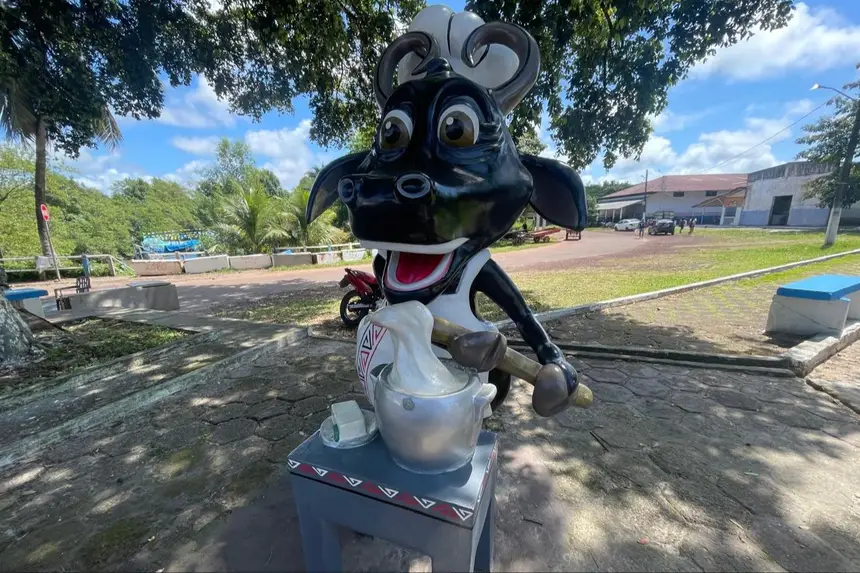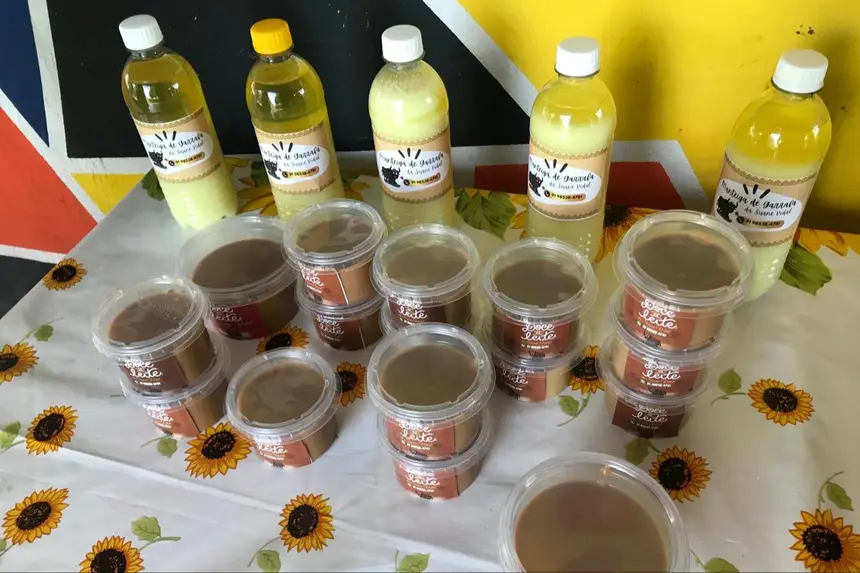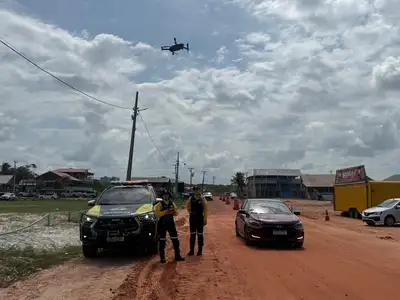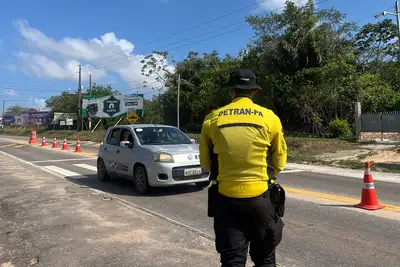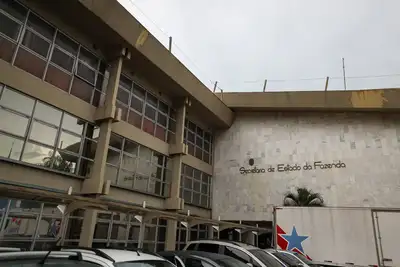State encourages the development of the buffalo production chain while respecting Marajoara traditions
In municipalities like Soure and Cachoeira do Arari – which are among the largest buffalo producers – the relationship of the residents with the animals goes beyond the economic aspect. The buffalo is seen as a symbol of the region
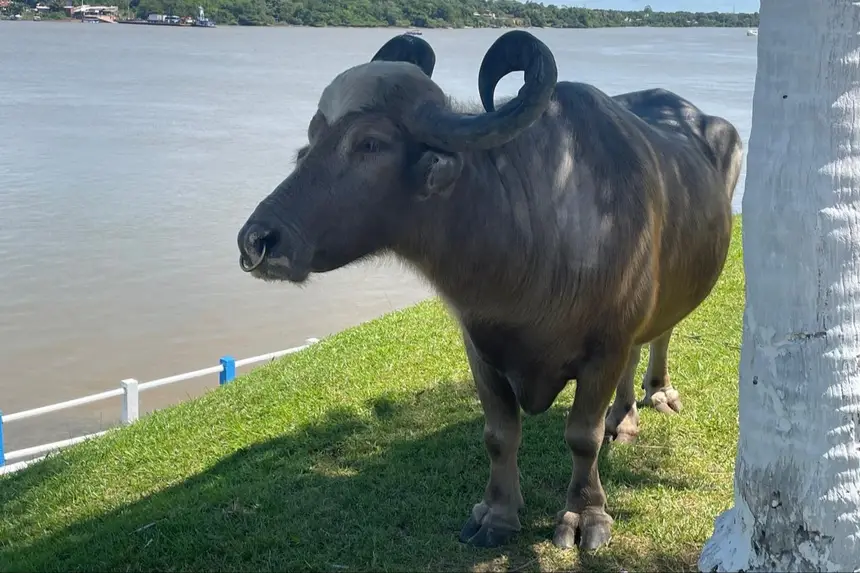
With 680 thousand heads, Pará is the largest producer of buffalo in Brazil, according to the Brazilian Institute of Geography and Statistics (IBGE). There are more than 14 thousand properties distributed throughout the State that contain buffalo farming. In the main production center of Pará, the Marajó archipelago, the relationship between buffalo and residents goes beyond economic life. In municipalities like Soure and Cachoeira do Arari - which are the second and third largest producers, behind Chaves - references to the animal can be seen in various corners.
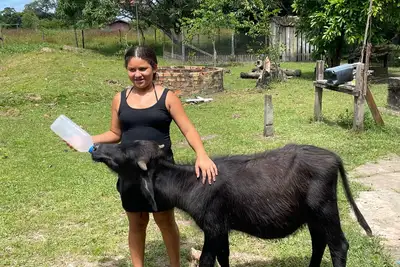
In the Retiro Grande district, located along the PA-154, which provides access to the headquarters of Cachoeira do Arari, where the 4th edition of the dairy tournament is taking place until this Friday (4), the emotional bond with the animal comes from birth. Resident Flávia Alessandra, 11 years old, has a special affection for the calf she lovingly named "Nenenzinho", who is one year old. The animal was rejected by its mother and ended up being "adopted" by the young girl's family, thus forming a bond with the little buffalo, who is considered a family member. "I really like him. Since he was younger we named him that and now all we have to do is call him by name and he responds," she said.
It is from the buffalo that the family earns their livelihood, as stated by the grandmother, Elma Suane Vidal. The income comes from the production of cheese and artisanal sweets that use buffalo milk. "It is through this animal that we get the milk and turn it into sweets and other products. So he is everything to us," she said.
Names- The buffalo is also important in the lives of those who deal directly with the animal. Cowboys like friends Valdir, Sidney, and Luciel, from Fazenda Paraíso, located in the district, ensure that they do not see the buffalo merely as a means of earning income. They say they have attachment and choose names for the animals. On the farm, each animal receives a name and responds when called. "Quadrilha", "Vila Rica", "Medalha", and "Batalha" - which is the largest on the farm, weighing 1,200 kilos - are among the chosen names. "We know their daily lives, we get attached. They already know us and we like these animals. Being a cowboy is rewarding because we deal with them every day. We always choose a favorite animal," revealed Sidney.
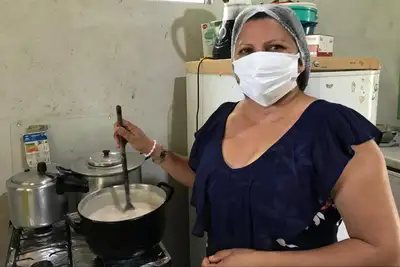
Monitoring- Veterinarians Anelise Ramos and Augusto Peralta, who are assigned to the Animal Production Coordination of the Secretary of Agricultural Development and Fisheries (Sedap), and who monitor the developments of the dairy tournament through visits to local properties, spoke with breeders and entrepreneurs to guide and hear demands regarding buffalo farming.
The veterinarian explains that the work of the State Government, through Sedap and other partner institutions that operate in livestock farming, such as the Pará Agricultural Defense Agency – Adepará, takes into account, when executing its actions in the segment, the relationship that the Marajoara, especially, has with the buffalo. "The aim is to reach the family farmer, to provide better conditions for this small producer while respecting what the buffalo represents to him," said Peralta.
The veterinarian, in turn, complements the information and states that the relationship of the Marajoara with the buffalo involves companionship, affection, and even family ties. "I have encountered cases, such as that of a lady who raised an animal for traction. Her buffalo died and the owner was sad because she said she felt as if she had lost a family member. It is an intimate relationship. A buffalo can live up to 30 years and there are cases where the animal does not go to slaughter and lives a long time with its owner," she said.
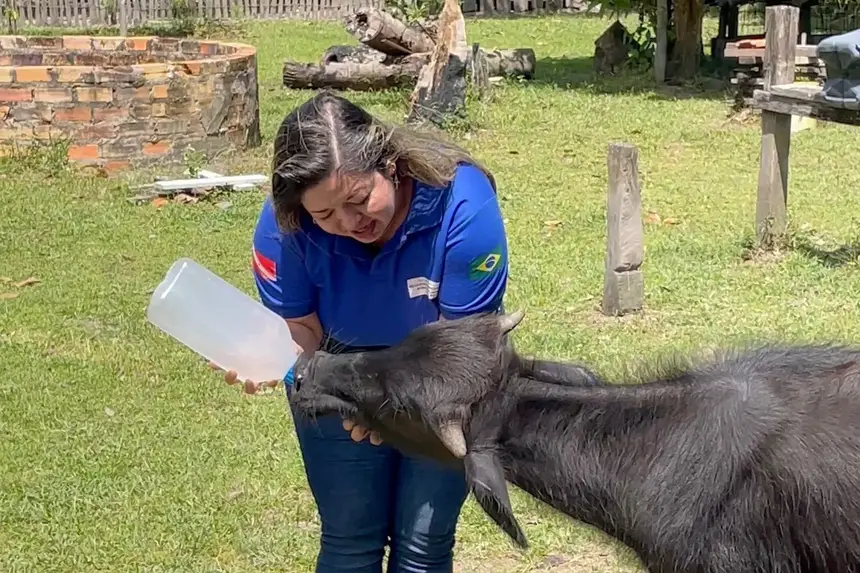
The president of the Pará Buffalo Breeders Association (APCB), João Rocha, says that the entity views the State's involvement in Pará's buffalo farming positively and the valorization of the animal symbol of Marajó. He believes that the holding of COP30 (United Nations Conference on Climate Change) will provide producers the opportunity to showcase what they do with efficiency and skill, demonstrating the social involvement that buffalo farming represents for Marajó.
"The survey we have in the association shows that 72% of buffalo farmers are small breeders. So it is a chain that greatly impacts the social aspect and the island of Marajó, which has a low HDI (Human Development Index), and the buffalo helps to uplift it."
Symbol- In Soure, the relationship with the buffalo can also be seen in various forms. Whether in the names of commercial establishments or through monuments scattered in various parts of the city, cultural events, in cuisine, and as pets. The relationship between the buffalo and the people of Marajó has even been the theme of a samba school in Rio de Janeiro - Paraíso do Tuiuti, in 2023.
One of the most well-known characters in the city is the "Alemão", the affectionate name given to the buffalo by its owner. Those who pass by the waterfront will hardly miss encountering the animal, which has become accustomed to the presence of curious onlookers or even residents who enjoy photographing and petting the animal.
"It is incredible to find such a large animal on the streets of the city and so docile," said Santiago Caldas, a resident of Paraná, who is visiting the city.
Even the local police rely on the help of the animals. Due to local characteristics such as soil and climate, the 8th Military Police Battalion has adopted the practice, and part of the patrols is carried out using the animal.


